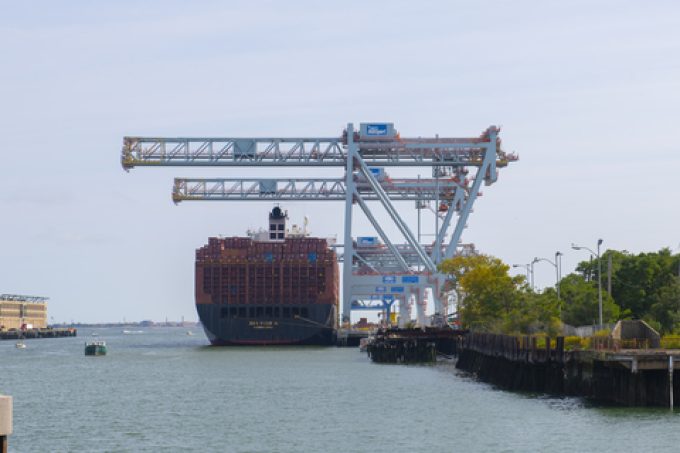Airfreight players eye new routes as demand on the transpacific nosedives
The sudden fall in demand for airfreight on the transpacific is beginning to trigger capacity ...

Israeli container carrier Zim today bucked the recent trend of its peers in announcing first quarter results that showed an improvement on the same period year-on-year.
Revenues during the period grew 14% to reach $1.56bn, while adjusted EBIT swung from a $14m loss in the first quarter of 2023 to a $167m profit, implying an 11% margin.
The improved financial picture came largely on the back of stronger spot rates and higher volumes – it carried 846,000 teu during the period, a ...
Maersk u-turn as port congestion increases across Northern Europe
Maersk Air Cargo sees volumes fall as it aims for 'margin in favour of revenue'
Keep our news independent, by supporting The Loadstar
Container spot rates diverge: to Europe still falling, but firmer to the US
Hapag-Lloyd won't take bookings if port congestion leaves cargo stranded
Ecommerce likely the front-runner in resurge of transpacific trade after deal
Containership charter market feels the ripples from trade tensions
Airfreight players eye new routes as demand on the transpacific nosedives

Comment on this article